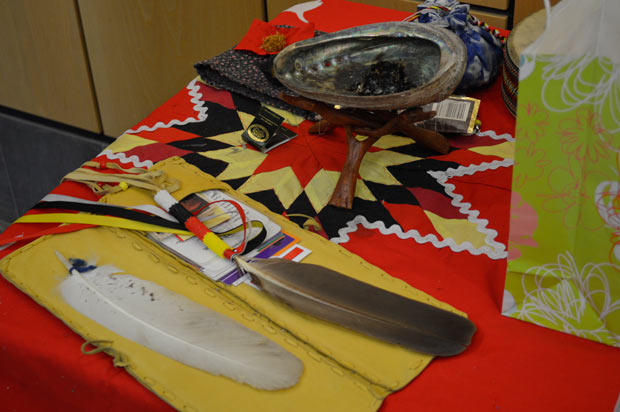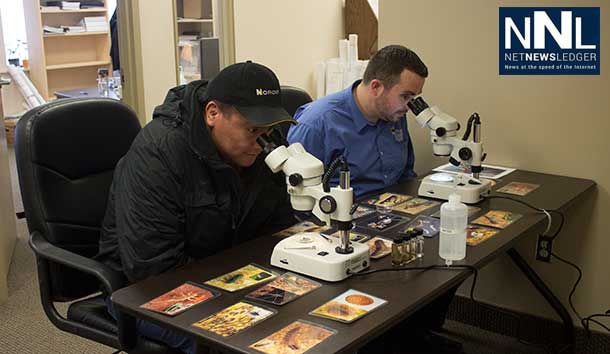

THUNDER BAY – This series of articles on the future viability of remote First Nations communities began with our article on the importance of education to the future of First Nations in Canada. We celebrated the fact that First Nations youth are graduating in ever-increasing numbers. This, despite a troubling paradox: the newly educated, “the brightest and best,” rarely return to their communities of origin as there are so few employment prospects for them. We further suggested that First Nations communities located within an urban ambit or adjacent to major transportation arteries are more likely to provide a future for its members when compared to remote communities accessible only by air or winter roads, and lacking few viable prospects for economic development.
We then named the elephant in the room. There is a creeping reality which has become extremely difficult for most remote First Nations communities to accept. A reality that their traditional subsistence economies have migrated from foundational livelihood to cultural artifact. While central to the Aboriginal worldview and sense of self, traditional survival activities have been supplanted by an ad hoc, impermanent wage-based economy and/or social assistance. Nevertheless, to First Nations peoples these homelands serve to connect “the extremities to the heart,” and home is where the heart is. But what are the prospects for these communities? What are the chances that remote First Nations will be able to support a vibrant, culturally rich homeland while providing sustainable opportunities for economic growth and development? Development consistent with the Aboriginal respect for the intrinsic value of the land upon which their ancestors thrived and their spiritual connection to it?
There are a number of critical ingredients which have hallmarked the success stories of remote communities which have successfully balanced economic development with the preservation of their cultural heritage. Above all other indicators, lest a culture of dependency continues to dominate community life, is the presence of a resource/economic base which, when sustainably exploited, may provide for community income and long-term employment. This must be grounded in the strength, honesty and community commitment of the leadership – dedicated leaders who place the common good over family compacts, allegiances and cronyism. Leaders who are not there to feather their own pockets or purses but to lead by serving. Another factor is the commitment and ability of those leaders to acquire the knowledge and skills necessary to guide the development of their resource/economic base within their traditional territories. And further, to establish working partnerships with resource developers and to advocate for both impact benefit agreements and resource revenue sharing agreements including long term job creation. Such agreements can be wide-ranging in the scope and include commitments to environmental protection, employment training and capacity-building and infrastructure development. Too many First Nation communities have come to rely on the fastest growth industry in Canada – the gaggle of southern law firms and consulting companies only too willing to supplant the possibility that First Nation communities themselves can acquire the negotiation skills, the environmental know-how, the monitoring ability, the professional capacity to fully chart their own course. Finally, from a structural perspective First Nation communities would be well-served by the creation of an arms-length, community-based economic development councils/corporations reporting to the community at large and independent of Chief and Council and the propensity of politicians to meddle for their benefit.
Resource development opportunities abound in northern Ontario and most of such can benefit remote First Nations communities. Governments and the private sector must start with recognizing the constitutional, treaty and legal rights now accorded to First Nations to be a part of (and not apart from) the sustainable exploitation of natural resources throughout their traditional territories. This can only happen when both the federal and Ontario governments harness the skills and talents of Aboriginal professionals, and allocate substantial dollars to developing the capacity of Aboriginal communities to fully participate in and benefit from the use of natural resources that may benefit all Ontarians. To do less is to continue to commit to a status quo, a Latin phrase which in this instance means “failed process”.
The only constant in life is change. There is no prescription that will guarantee the future social and economic viability of any community – remote or not, but First Nations people deserve a chance to escape legacy issues. Issues which have threatened to compromise the survival of their culture and a movement away from a culture of dependency. All they need is a level playing field, rules that do not discriminate, players trained to play the game and goal posts that are within reach..
Beverly Sabourin, recently retired as the Vice-Provost of Aboriginal Initiatives at Lakehead University, is a member of the Pic Mobert Ojibwe. Peter Globensky is a former senior policy advisor on Aboriginal Affairs in the Office of the Prime Minister and recently retired as CEO of the Canadian Council of Ministers of the Environment. They invite your comments at basa1@shaw.ca

